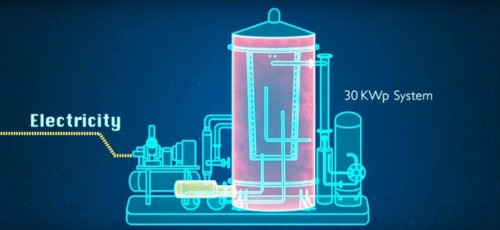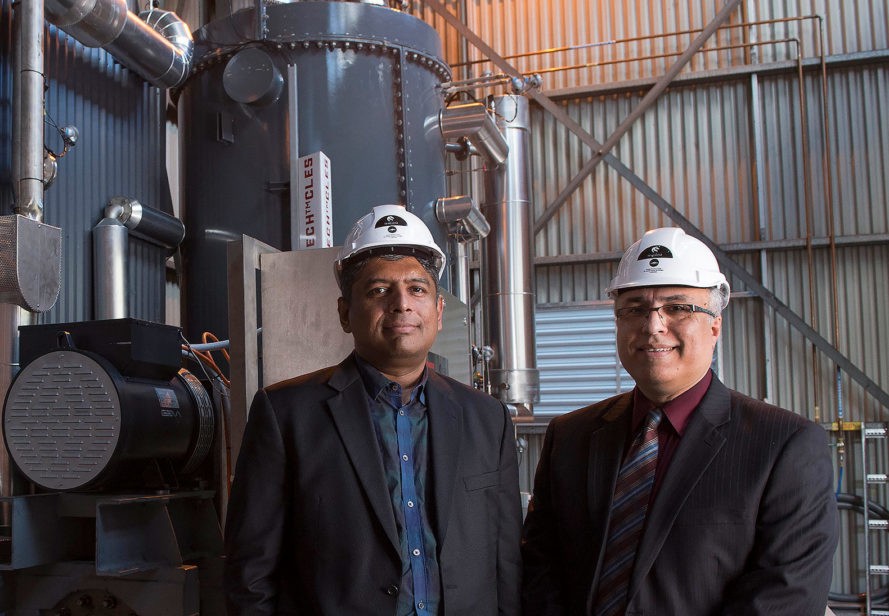RECOMMENDED VIDEOS

AEG PS: Solar Solutions
AEG Power Solutions B.V.

Pekat Solar : On-Grid and Off-Grid Solar System Installer…
Pekat Engineering Sdn Bhd

Energy Conservation Consultants - Syntegra Consulting
Syntegra Consulting Ltd

Sol Present - The Solution to Climate Change
Sol Present

Introducing SunPower Helix: The World's First Fully…
SunPower Corporation
Related Stories
The largest solar farm apiary in the US opens this week
The City of London will be powered with 100% renewable energy by October 2018
New study suggests that plastic waste may be transformed into usable energy
Uravu’s zero-electricity Aqua Panels produce gallons of water from thin air
104% of Portugal’s electricity consumption in March came from renewable energy
28 May, 2017

New on-demand energy system generates and stores power in one device
Renewable Energy & Energy Efficiency | AUSTRALIA | 25 May, 2017
Published by : Eco Media Asia
Your entire home could be powered, heated, and cooled with one system in the near future – thanks to scientists at the University of Newcastle and Infratech Industries. They’ve designed a Chemical Looping Energy-on-Demand System (CLES) that eliminates the need for a battery to store energy, instead generating and storing power in just one device. The university described the CLES as a Swiss army knife for energy.

The CLES could totally change how we power our homes and businesses. The device can either generate electricity with natural gas, or store electricity from the grid or renewables to be utilized later. It centers around a reduction-oxidation (redox) reaction in which particles oxidize and create steam that powers an electricity-generating turbine. When the particles reduce they release oxygen.
The University of Newcastle says it can perform its functions – climate control and energy generation – with a fraction of the resources required by other systems. The system can also produce oxygen or hydrogen, which could be used or sold.
The CLES is based on a Chemical Looping Air Separation invention from Behdad Moghtaderi, a professor at the university, and Infratech, which has been involved since the early stages of the project, aims to commercialize the technology. Their industrial-scale reference plant in Australia could power a retirement village or hospital.
The reference plant will go through testing before it’s relocated to be used commercially. From there the team hopes to scale down the system to around the size of a refrigerator for use in houses. This should be available in around 18 months according to the University of Newcastle. A home system might generate 24 kilowatt-hours of power each day, and the scientists told New Atlas the system – which could cost around $4,500 for homeowners – would pay for itself in a year and a half.
Article from inhabitat.com
by Lacy Cooke
